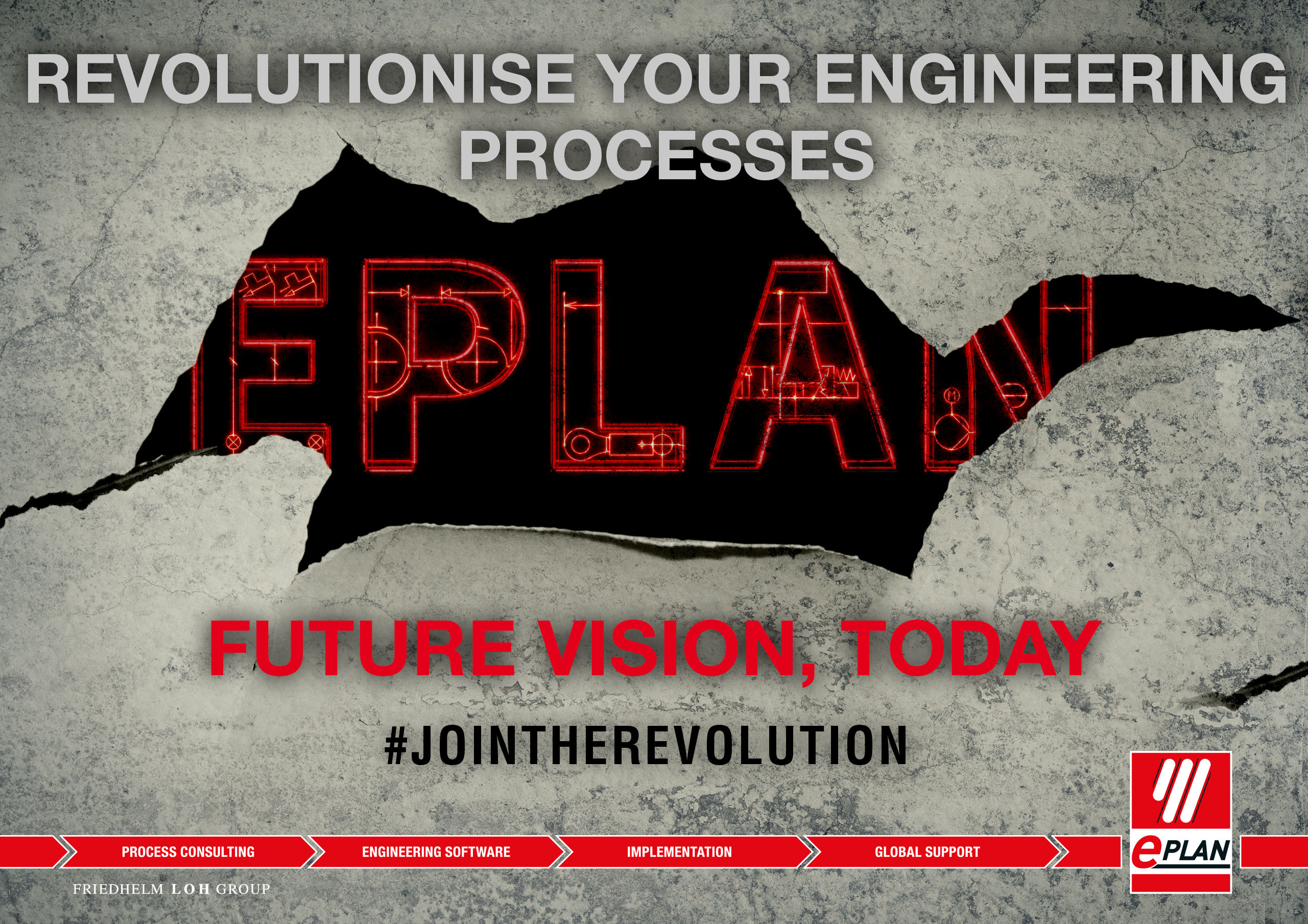Author
 Graham Bloom
Graham has worked at EPLAN for over 8 years and is a Professional Services Senior Consultant. His background and experience in electrical, mechanical and production engineering mean that he provides excellent service in training and consultancy. Graham works closely with customers to define their optimal solutions based on EPLAN's product portfolio. He also works closely with the pre-sales team to analyse customers' specific requirements and understand their business drives & needs to translate them into a technical solution.
bloom.g@eplan.co.uk
Graham Bloom auf LinkedIn
Graham Bloom
Graham has worked at EPLAN for over 8 years and is a Professional Services Senior Consultant. His background and experience in electrical, mechanical and production engineering mean that he provides excellent service in training and consultancy. Graham works closely with customers to define their optimal solutions based on EPLAN's product portfolio. He also works closely with the pre-sales team to analyse customers' specific requirements and understand their business drives & needs to translate them into a technical solution.
bloom.g@eplan.co.uk
Graham Bloom auf LinkedIn
Join The Revolution
My job as a Senior Consultant means I see a lot of electrical design and manufacturing operations. Some are very efficient, effective and well organised, but sadly, a lot aren’t. As we approach the third decade of the 21st century, too many companies still rely on processes from the 20th century. They’ve failed to move on. But will this affect your business? The simple answer is yes. The electrical sector is getting more competitive every day so if you continue to cling to the past, your business will find it harder and harder to compete.
What are the problems? I see talented design engineers, whose time is costly, using generic CAD software that is years out of date. Also, the software was primarily developed for mechanical designers and lacks the functionality needed for efficient electrical design work. As a result, those engineers spend a frightening proportion of their time carrying out manual, repetitive tasks like wire numbering, producing terminal schedules and repeatedly redesigning common circuit blocks. These tasks, and many others, can be automated, saving money and freeing up time for those engineers to concentrate on more creative work that will delight customers and boost profits.
I see those same engineers working with outdated or incomplete information on the components they’re specifying, which leads to all sorts of problems in the purchasing, manufacturing and commissioning stages of a project. It’s difficult to understand why this is, when a comprehensive and regularly updated database of more than 860,000 products for electrical and automation applications is available online – and it’s free to access and use!
 The EPLAN Data Portal - our web-based component database.
The EPLAN Data Portal - our web-based component database.
When it comes to change processes, some of the things I see are truly shocking. Many companies still deliver manufacturing drawings to their shop floor on paper. If something needs modifying or changing as the job progresses – and it’s almost inevitable it will – highlighters and the marker pens mark the changes on the drawings. But are these changes ever reported accurately to the design department? The most optimistic answer I can give is “sometimes”, but it would probably be more honest to say, “not often”.
The result is that the job goes out with inaccurate documentation, so it’s hard to maintain and almost impossible to fault-find for the rest of its service life. These are problems that will come back to bite you – I see many cases of companies losing the goodwill of their customers because of poor documentation.
Surely it’s time to get rid of the paper and send the drawings to the shop floor electronically? Give the production team tablets – the electronic sort, that is, not the ones you get from the chemist – so that they can not only access the latest drawings but interact with them. If they need to make changes, they can enter them on the tablet and they’re instantly visible to the design engineers. No more lost information and no more inaccurate documentation but a lot more happy end users! As a bonus, eliminating paper drawings also benefits the environment.

In reality, these are just a few of the ways that a CAE package, which has specifically been developed for the electrical sector, can boost efficiency and profitability. Yes, a good CAE package costs money, but from personal experience, I can tell you the companies that embrace change and make this investment grow and prosper. In contrast, those that stick to inefficient 20th century design and manufacturing processes struggle to maintain even a toehold in today’s hugely competitive marketplace.



Comments